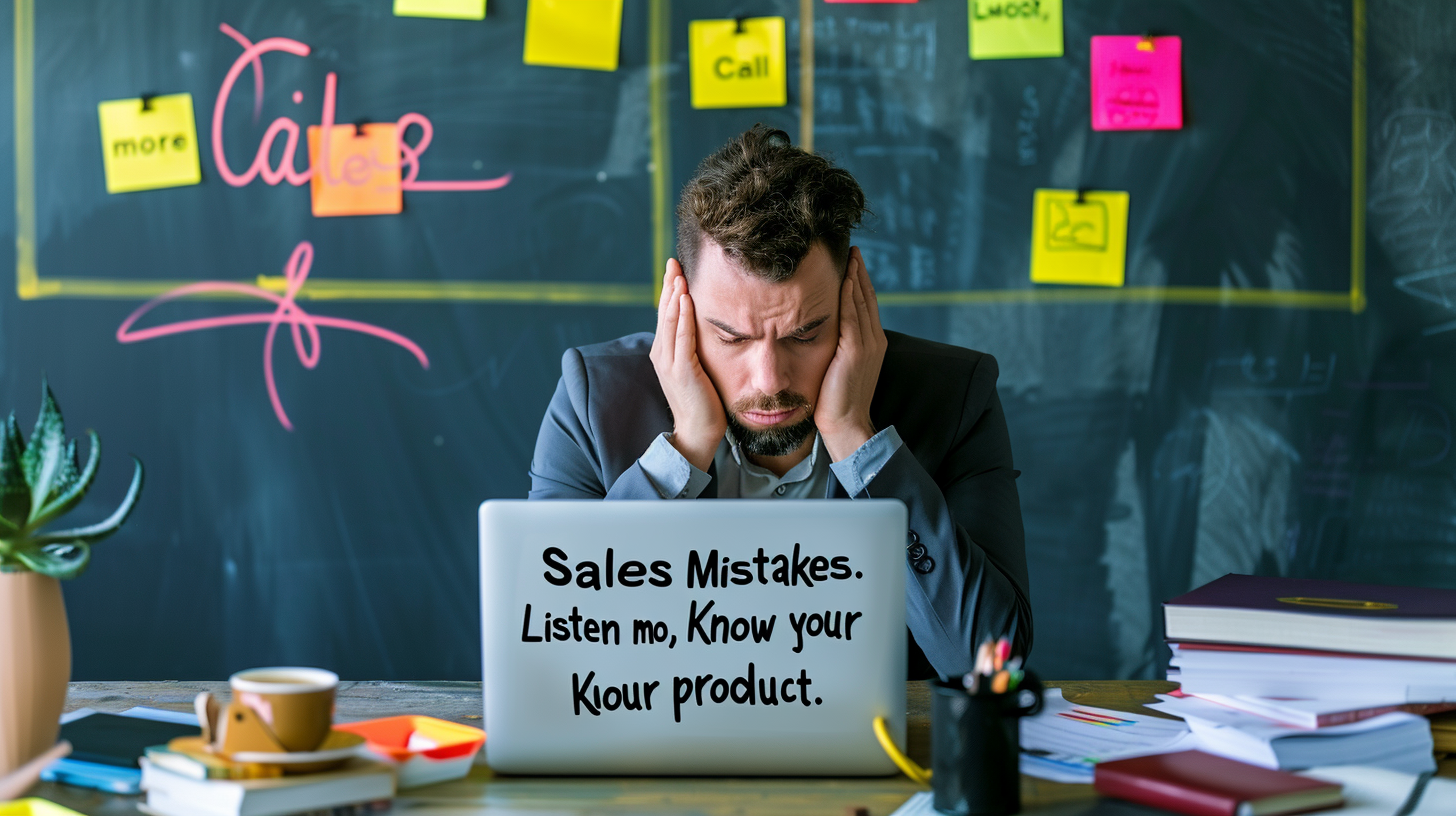Selling windows and doors well is not a matter of luck. It needs a clear plan, constant learning, and close attention to every step. We all make mistakes, but mistakes can teach us how to get better. Here are nine common sales errors—and how you can use them to boost your sales, marketing, and branding.
⸻
1. Skipping Cold Calls
Many salespeople feel uncomfortable with cold calls and avoid them. But each call—even a “no”—builds your network and your confidence.
• Window & Door Example: Call local builders or renovation contractors. A simple call can lead to bulk orders of energy-efficient frames.
⸻
2. Not Learning from Mistakes
If we ignore our errors or repeat them without analysis, we stay stuck. A weekly review of lost deals helps you spot where to improve.
• Example: After a missed sale, ask your team: “What fact did we miss? Was our price clear?” Then adjust your script.
⸻
3. Pushing Instead of Guiding
Jumping into a sales pitch without understanding the customer destroys trust. First, ask about their needs. Then offer the right solution.
• Example: A homeowner may worry about high heating bills. Listen first, then explain how triple glazing cuts energy costs by 20 %.
⸻
4. Rushing the Offer
Presenting your best price too soon can scare customers away. Build a relationship first. Show you care about their project.
• Example: Before talking price, visit the site. Note the room’s style, light, and draft points. This shows you care about their comfort, not just the sale.
⸻
5. Lacking Product Knowledge
When you do not know your product or market well, customers see your nervousness. Continuous training is essential.
• Example: Learn the difference between U-values and WER ratings. Confident answers to technical questions win respect and sales.
⸻
6. Ignoring Metrics
If you don’t track calls, visits, and presentations, your actions become random.
• Example: Set clear targets: 50 calls, 10 site surveys, and 5 quotes per week. Check results every Monday to stay on track.
⸻
7. Poor Time Management
Research shows salespeople spend only 39 % of their time on selling. Administrative tasks take the rest.
• Window & Door Tip: Use CRM templates for quotes and emails. Automate reminders so you focus on talking with customers, not on paperwork.
⸻
8. Underestimating Emotional Intelligence
Sales is about people. Good listening and empathy make you stand out.
• Example: If a client mentions fears about noise, you can explain how your sound-proof windows reduce street noise by 30 %. This shows you heard their concern and have the right solution.
⸻
9. Focusing on the Sale Instead of the Process
When you care too much about closing the deal, you lose focus on each step. Sales follow a probability rule: more quality presentations lead to more sales.
• Pre-indoctrination Example: Send a short email before your meeting that explains how modern windows can transform a home—lower bills, more comfort, better light. This “education” makes the customer ready to hear your offer.
⸻
Using These Insights in Marketing & Branding
• Cold Call Mistake → Lead Generation: In your newsletter, invite local builders to a free workshop. This “warm” call opens new contacts without fear.
• Knowledge Mistake → Content Marketing: Write blog posts about U-values and draft-proofing. Customers trust brands that teach them something useful.
• Time Management Mistake → Brand Promise: Show on your website “Quick Quotes in 24 Hours” so prospects know you value their time.
• Emotional Intelligence Mistake → Brand Story: Share a real customer story in your social media: “How we helped the Smith family sleep soundly with triple glazing.” This builds an emotional connection with your brand.
⸻
Conclusion
Mistakes are not the end—they are the door to learning. By facing cold calls, reviewing errors, guiding customers, and mastering your product, you make each sale stronger. Use clear metrics, manage your time, listen with empathy, and educate before you sell. In sales, every lesson brings you closer to success.


